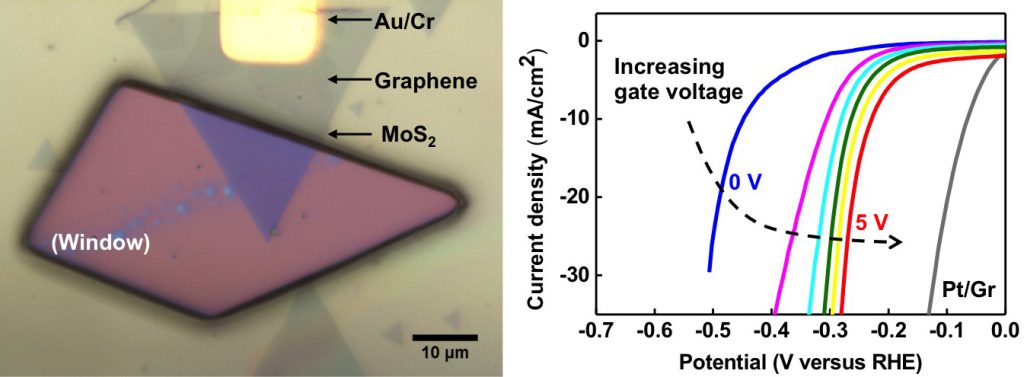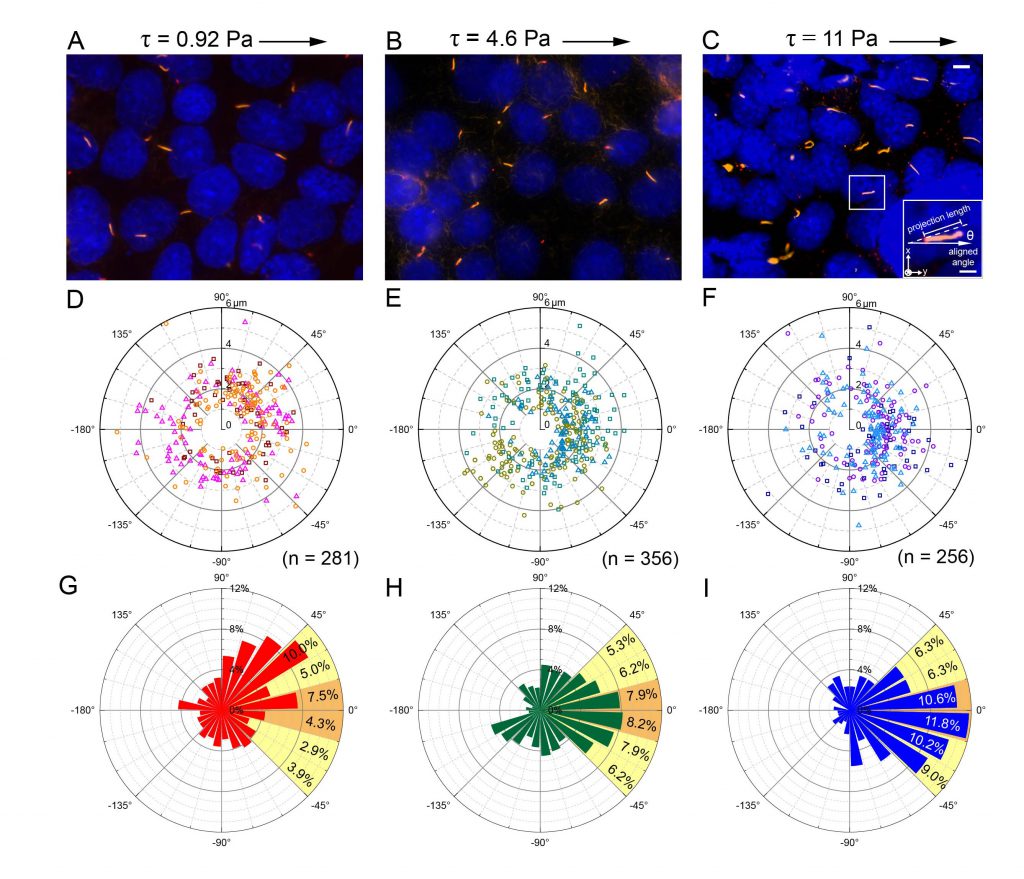二維原子層材料在光觸媒之基礎研究及應用
Two-dimensional atomic layer materials for photocatalysts: fundamental and applications.
Artificial photosynthesis is one of future energy sources, which promise an environmental friendly alternative to global fuels. In one of the processes, photocatalysts can directly harvest energy from solar light and simultaneously decompose water to produce hydrogen. Since the discovery of graphene, two-dimensional (2D) layered transition metal dichalcogenides (TMDs), such as MoS2, and metal sulfides nanostructures are playing an important role in catalysis due to their wide range of optical and electronic properties. Moreover, the high surface area and low charge recombination characteristics of 2D materials can enhance the photocatalyst activity. In this project, we investigate the catalytic mechanism and design efficient charge separation routes in the energy conversion devices. Several atomic layer materials have been fabricated, such as graphene, MoS2 and titania nanosheets, in this study. We control the quality and morphology of these materials, for example, millimeter-size MoS2 monolayers and MoS2 islands with high-density surface steps. We design an on-chip electrochemical measurement of the atomic layer materials, in which graphene atomic layer is used to form a van der Waals heterojunction structure with MoS2 atomic layers, in order to reduce the contact resistance; besides, exerting the field effect on the graphene layer can effectively reduce the Schottky junction barrier at the contact for improving the efficiency of carrier flow. Both designs are proved to be useful for the measurement for the electrochemical hydrogen production. Such a device can be further incorporated with optical illumination for investigating the photocatalytic reactions of atomic layer materials. In-situ probing, e.g. Raman spectroscopy, of the atomic layer materials during photocatalytic reactions can also provide spatially resolved information. The developed in-situ observation method in this study is useful for understanding the energy conversion routes in these novel 2D materials. Novel atomic layer photocatalytic heterostructures for efficient solar-to-fuel conversion can therefore be designed based on our finding of the fundamental mechanism.
Fig. Single atomic flake MoS2 photoelectrochemistry
藉由材料設計,將太陽能以光催化反應的方式轉換成其他形式的可再利用的能源,是近年綠能研究的一個重要議題。在光催化反應中,光觸媒直將吸收太陽能並利用電荷轉移的機制,可將水直接分解為可再利用的氫氣。在這個研究中,我們探討二硫化鉬原子層材料以及氧化鈦奈米薄層在光觸媒的應用,除了利用材料本身獨特的物理特性外,這些材料的薄膜特性也有助於設計有效的光催化材料系統。為了對於催化機制與材料的結構特性有更多的了解,我們首先開發了多個材料製程,以製備具有不同微結構特性的原子層薄膜材料。接著我們設計了適用於量測這些原子層材料的電化學量測系統。以二硫化鉬原子層材料為例,在其量測元件中,石墨烯原子層用來連結金屬導線以降低電阻,並利用場效電晶體的效應,提升催化過程中電荷傳導的效率。未來此量測方式可應用於電化學反應的臨場觀察,研究光催化分解水以產生氫氣的反應機制,所獲得的資訊將有助於我們設計更有效率的催化系統。
Fig. Single atomic flake MoS2 photoelectrochemistry


